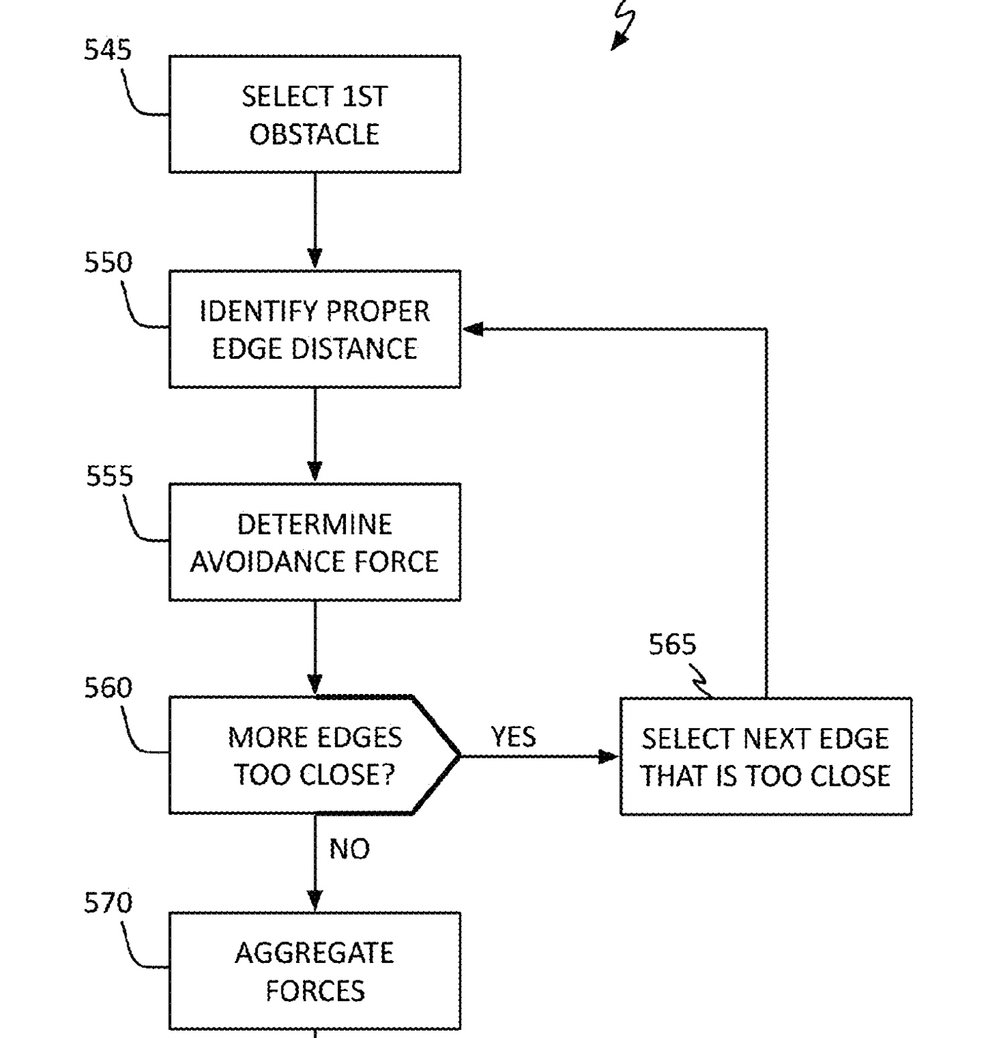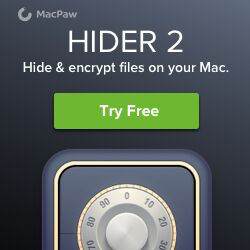We know that Apple has sent a letter to the National Highway Traffic Safety Administration (NHTSA) acknowledging that it is working on self-driving cars. Its timing could be impeccable. Now the company has filed for a patent for an autonomous vehicle collision avoidance system.
Patent number 20160358485 is for “collision avoidance of arbitrary polygonal obstacles.” In the patent filing Apple the goal is to generate a steering force to dodge obstacles every time one is close enough to block the passage. Steering behaviors help autonomous agents move in a realistic manner, by using simple forces that are combined to produce improvisational navigation around the agent’s environment, the company adds.

Here’s the summary of the patent: “In general, collision avoidance techniques are disclosed that operate even when the agent lacks a priori knowledge of its environment and is, further, agnostic as to whether the environment is two-dimensional (2D) or three-dimensional (3D), whether the obstacles are convex or concave, or whether the obstacles are moving or stationary. More particularly, techniques disclosed herein use simple geometry to identify which edges of which obstacles an agent is most likely to collide. With this known, the direction of an avoidance force is also known. The magnitude of the force may be fixed, based on the agent’s maximum acceleration, and modulated by weighting agents.
Apple has also applied for three patents (20160357431, 20160357432 and 20160354694) for a “touch-based learning environment” that involve its Swift Playgrounds app for the iPad. The free app teaches basic programming concepts like loops and conditionals using an animated character that the budding programmers direct by…what else…writing code. The app offers suggestions for code to be used, and Swift Playgrounds also has a special iOS coding keyboard to ease entry of all of those pesky brackets.
In the patent filing, Apple says that learning how to program a computer to perform tasks from a textbook can be challenging for many students. To learn how to code quickly, a student will often write code, compile the code, and execute the code on a computer to see if they get the expected results. If the results are unexpected, the student will “debug” the code, compile the code, and execute the compiled code on the computer again. This learning process can be frustrating to students due to the delay between writing, compiling, and executing the code and seeing the results.

Apple says that most students would prefer to see the results in near real-time in an interactive learning environment. The computers that students are learning to program come in variety of form factors, including smartphones, smart watches and tablet computers. The use of touch-based tablet computers in classrooms is becoming ubiquitous due to their portable nature and ease of use. Writing programming constructs using touch gestures presents a new challenge to designers of user interfaces for touch-based computers. Apple thinks it can handle such challenges.
Plus, Apple has filed for another patent that hints at an iPhone with a wraparound display. Patent number 20160357318 is for “electronic devices with display and touch sensor structures.” It describes a device that may have a front wall and opposing rear wall and curved sidewalls. The front wall and the curved sidewalls may be formed from a glass layer or other transparent member.
Of course, Apple files for — and is granted — lots of patents by the U.S. Patent & Trademark Office. Many are for inventions that never see the light of day. However, you never can tell which ones will materialize in a real product.

